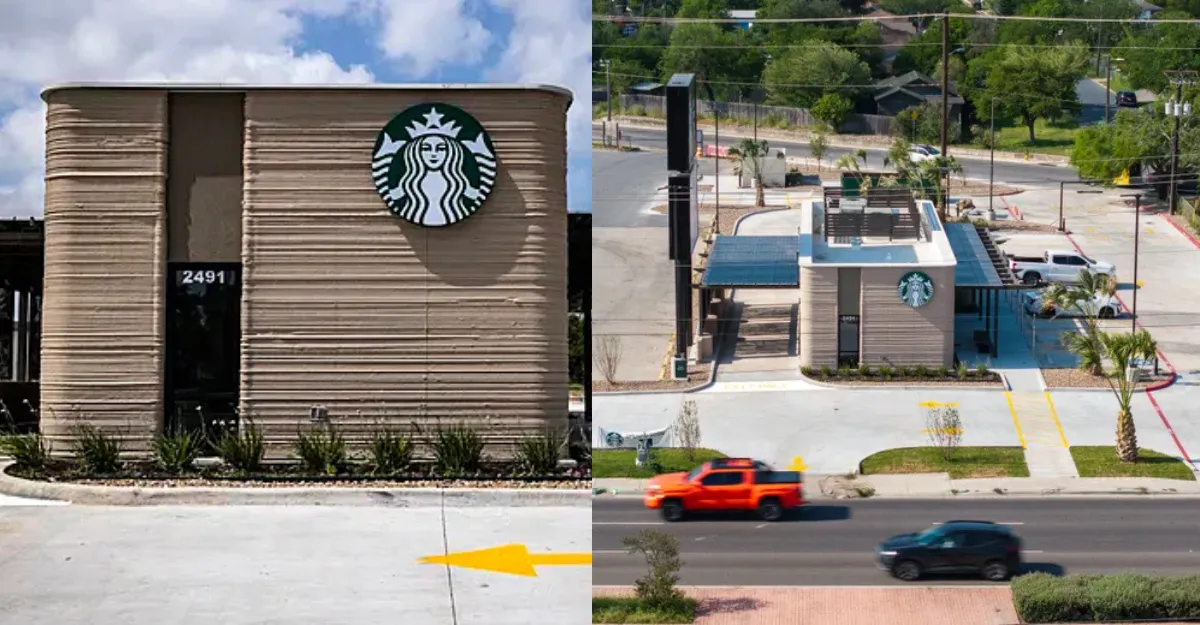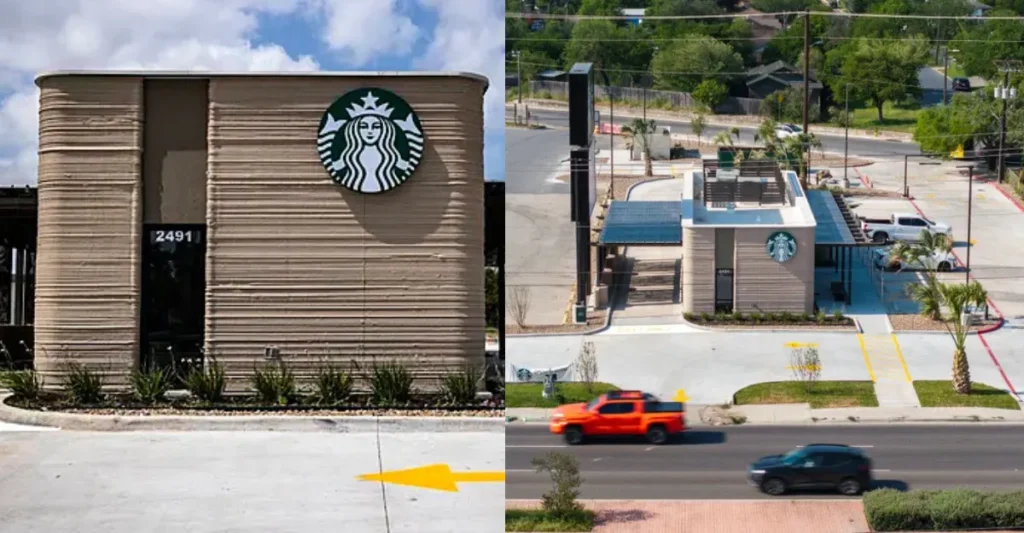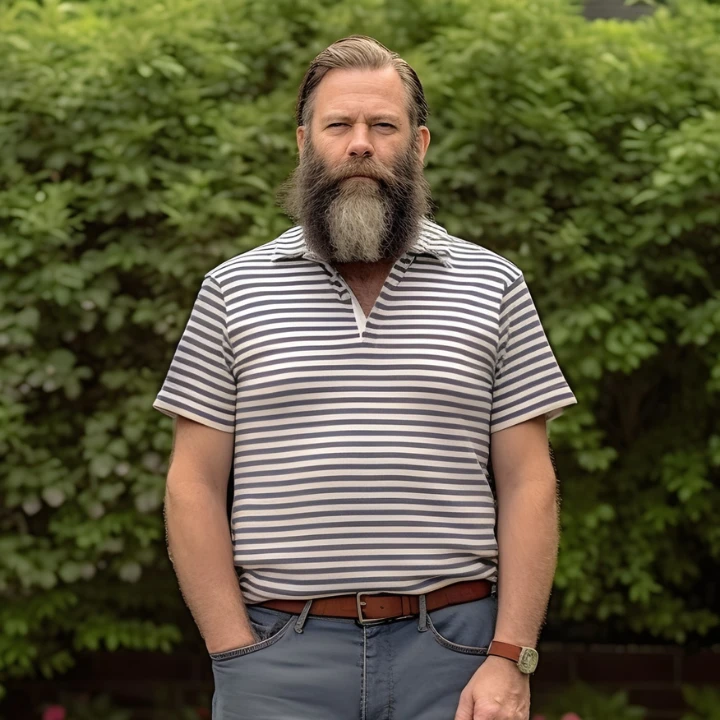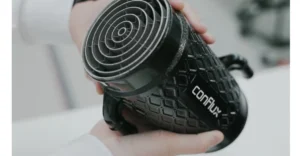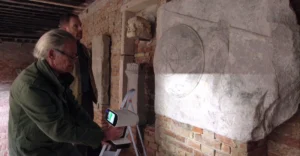Starbucks unveils its first 3D-printed café in Texas, testing whether the innovative construction method cuts costs and time compared to traditional builds.
Starbucks is serving up more than just lattes at its newest location this time, the innovation is in the building itself. The coffee giant has opened its first-ever 3D-printed store in Brownsville, Texas, a drive-thru-only structure crafted layer by layer by a robotic printer. Partnering with Germany-based PERI 3D Construction, Starbucks aims to slash construction time and costs. But does this futuristic method actually deliver savings or is it just a high-tech experiment?
The 1,400-square-foot café was built using additive manufacturing, where concrete is extruded precisely by a massive 3D printer. While the project cost approximately $1.2 million, traditional quick-serve restaurants of the same size average around $749,000, raising questions about short-term affordability. However, proponents argue that as the technology scales, costs will drop.
“We’re seeing efficiency improve with each build,” says Stuart Miller of Lennar, a construction firm that recently 3D-printed an entire Texas neighborhood. He notes that time and expenses can halve as expertise grows. With material costs soaring up to 19% since 2020 3D-printing’s speed and reduced labor needs could make it a game-changer for industries battling inflation and shortages.
Also Read: Pratt & Whitney Speeds Up GTF Repairs With New AM Process
Beyond coffee shops, the technology is gaining traction globally, from 3D-printed homes in Europe to a train station in Japan. For Starbucks, the Brownsville store is a test of whether additive manufacturing can streamline expansion while keeping costs in check. One thing’s certain: no matter how it’s built, the coffee inside will taste just the same.


